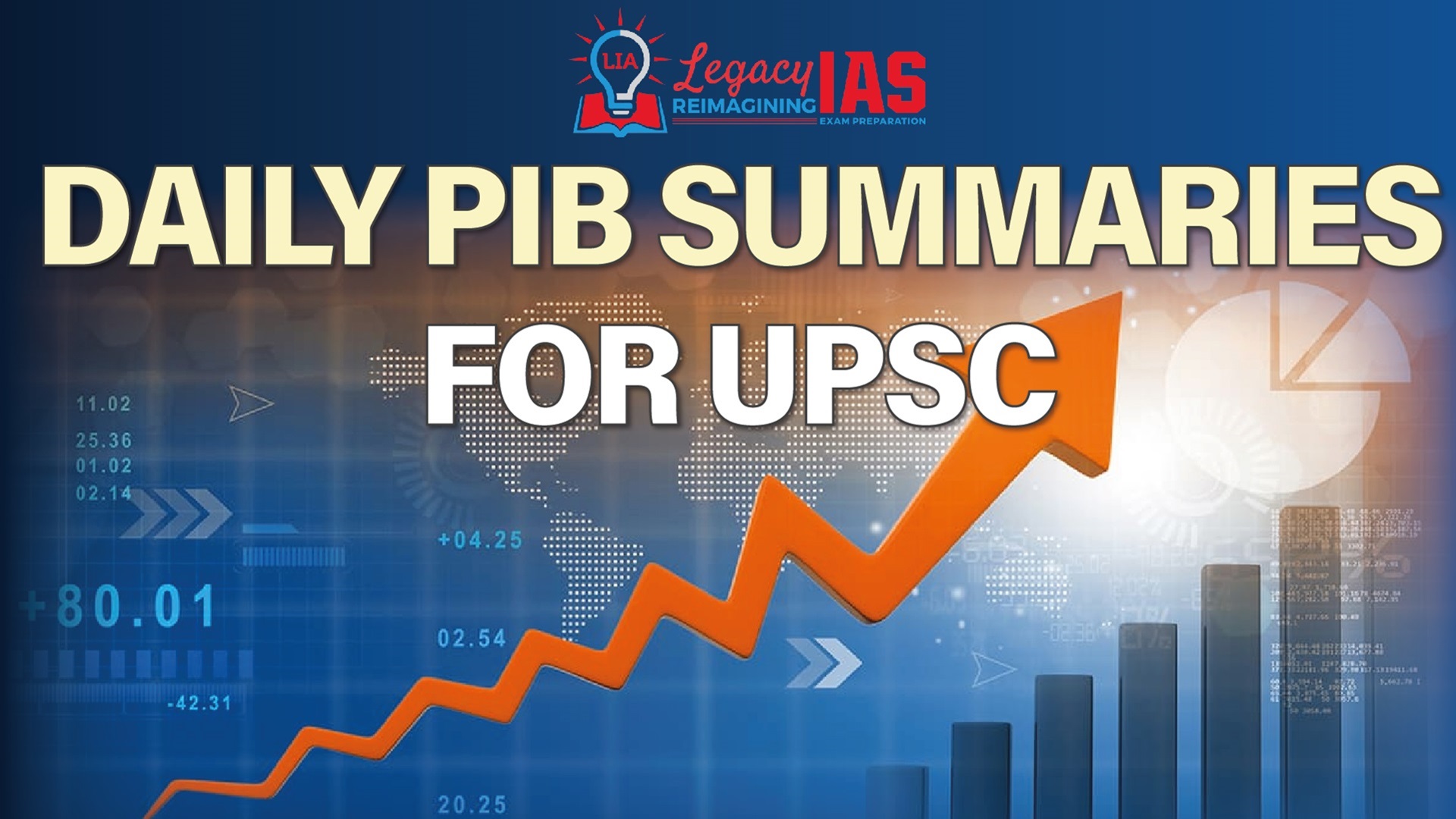
Content
- INCOME TAX DAY, 2025
- EXPORT PROMOTION MISSION
INCOME TAX DAY, 2025
Historical Background
- Income tax introduced on 24 July 1860 by Sir James Wilson post-1857 revolt.
- Commemorated as Income Tax Day annually.
- Income Tax Act, 1922 laid structured tax system foundations.
- Central Board of Revenue Act, 1924 established institutional governance.
Key tech milestones:
- Computerization started in 1981.
- CPC (Centralized Processing Centre) launched in 2009.
Relevance: GS 3(Economy -Taxation), GS 2(Governance)
Importance of Income Tax
- Funds public services: education, healthcare, defense, infrastructure.
- Supports redistribution of income and social justice.
- Enhances economic self-reliance and state capacity.
- Strengthens the democratic social contract: pay → get services.
- Essential for national development and fiscal stability.
• ITR Filing Trends
ITR filings rose by 36% in 5 years:
- FY 2020–21: 6.72 crore
- FY 2024–25: 9.19 crore
– Indicates:
- Growing voluntary compliance
- Wider formal economy
- Stronger digital public infrastructure
• Gross Direct Tax Collection (₹ Lakh Crore)
Year Collection
- 2020–21 12.31
- 2021–22 16.34
- 2022–23 19.72
- 2023–24 23.38
- 2024–25 27.02 (Provisional)
Growth supported by:
- Economic rebound post-COVID
- Tech-driven tax enforcement
- Better compliance and analytics
Digital Transformation
PAN system:
- Introduced in 1972; upgraded in 1995 to current format.
CPC (2009):
- Enabled automated, paperless return processing.
– TRACES (2012):
- TDS mismatch resolution and reconciliation.
TIN 2.0:
- New tax payment platform, real-time credits, faster refunds.
Demand Facilitation Centre (Mysuru):
- Centralized platform for tracking and resolving tax demands.
• Project Insight – Data Power
Builds a 360° taxpayer profile using:
- GSTN
- Banks and brokers
- Financial data warehouses
Goals:
- Detect evasion patterns
- Enhance compliance
- Enable data-driven nudges
Smart, Transparent Tax Systems
- Faceless Assessments (2019): Removes physical interaction; ensures fairness.
- e-Verification Scheme: Fully online resolution of return mismatches.
- AIS and TIS: Pre-filled data from multiple sources like banks, stock brokers, etc. Boosts accuracy, reduces filing errors.
NUDGE Campaign – Behavioural Tax Compliance
- NUDGE = Non-Intrusive Usage of Data to Guide and Enable.
- Based on behavioural economics, uses:
- AIS + TIS + third-party data
- AI/analytics + field intelligence
Encourages correction of returns under Section 139(8A).
- Updated return window extended to
Budget 2025–26: Major Tax Reforms
New regime:
- No tax up to ₹12 lakh
- NIL tax up to ₹12.75 lakh for salaried (with ₹75,000 standard deduction)
Expected outcomes:
- More savings for middle class
- Boost to spending and investment
Simplification & Compliance Incentives
- Updated return window: Increased to 4 years from earlier 2.
- Self-occupied property benefit: Now applicable to 2 properties (earlier only 1).
- Charitable trust registration: Valid for 10 years (earlier 5).
- NSS withdrawals post–29 Aug 2024: Fully tax-exempt.
TDS/TCS Rationalization
- Interest limit for senior citizens: ₹50,000 → ₹1 lakh.
- Rent TDS threshold: ₹2.4 lakh → ₹6 lakh/year.
- TCS on foreign remittance: ₹7 lakh → ₹10 lakh.
- Delay in TCS payment: Decriminalized.
Income Tax Bill, 2025
- Replaces outdated Income Tax Act, 1961.
- Retains structure but:
- Simplifies language
- Removes redundant clauses
- Supports vision of Viksit Bharat @2047.
Final Strategic Takeaways
Tax system now built on:
- Data analytics
- Tech-based convenience
- Behavioural nudges
Policy shift:
- From fear-based scrutiny → trust and facilitation
Result:
- Inclusive, transparent, citizen-centric tax ecosystem
EXPORT PROMOTION MISSION
Overview of the Export Promotion Mission
Announced in Union Budget 2025–26.
Jointly driven by:
- Ministry of Commerce and Industry
- Ministry of MSME
- Ministry of Finance
Lead Department: Department of Commerce.
Focus: Boost export competitiveness, especially for MSMEs.
Relevance: GS 3(Economy -Import and Export)
Key Objectives of the Mission
- Improve access to export credit for MSMEs.
- Enable cross-border factoring to ease global receivables financing.
- Assist MSMEs in addressing non-tariff barriers in international markets.
- Ensure that implementation benefits MSMEs nationwide.
Supporting Government Initiatives for MSME Exports
- Launched to supplement the mission with grassroots-level interventions.
International Cooperation Scheme (Ministry of MSME)
- Provides financial assistance to MSMEs for:
- Participation in international trade fairs.
- Exhibitions abroad to showcase Indian MSME products.
Support to MSMEs in Andhra Pradesh (Last Two Years):
Financial Year : Amount Released (₹) : MSMEs Supported
- 2023–24 9,31,127 5
- 2024–25 6,76,026 2
Indicates ongoing efforts to promote MSME visibility in global markets.
E-Commerce Export Hubs (ECEHs) – DGFT Pilot
- Piloted by the Directorate General of Foreign Trade (DGFT).
- Aim: Enable traditional artisans and MSMEs to grow exports via e-commerce.
Key features:
- End-to-end support for cross-border e-commerce exports.
- Streamlined regulatory and logistics processes.
- Faster customs clearance and easy returns management.
- Designed to make MSME exports simpler, scalable, and digital-first.
Parliamentary Acknowledgement
- The information was provided in a written reply in Lok Sabha.
- Reflects government’s emphasis on transparency, policy coordination, and MSME upliftment.
Strategic Takeaways
- The mission complements India’s “Make in India for the World” vision.
- Targets financial, logistical, and regulatory pain points of MSMEs.
- Aligns with national goals of:
- Export-led growth
- MSME global integration
- Digital commerce transformation
- E-Commerce hubs + credit reforms = next-gen export infrastructure for MSMEs.
